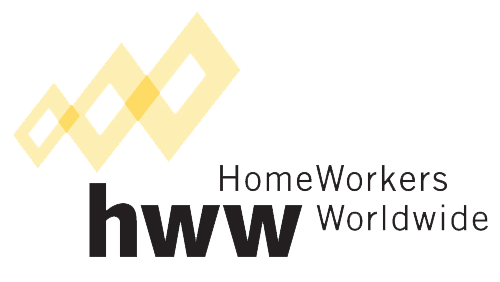Banning Homeworking is not the answer
it just means you can no longer see the problem.
Almost all homeworkers in the global south are women and most have no other way to combine paid work with their domestic responsibilities. Many brands prohibit the use of homeworkers within their supply chains due to the controversial association of homework with child labour but this knee jerk reaction isn’t helpful.
In fact, homeworking can have positive effects on children’s wellbeing as it can mean fewer children are left unattended and more can be enrolled in schools. But this is only true if homeworkers are paid properly and recognised as workers within the supply chain.
Banning homeworking doesn’t stop it from happening, it just means it is driven further underground. Suppliers and subcontractors are less likely to disclose the use of homeworkers, which in turn, increases their vulnerability and exploitation and making it more difficult for homeworkers to seek help.
It is vital that brands take responsibility and adopt a clear policy on homeworking, so that suppliers are clear they can use homeworkers and disclose their presence.
Without a Homeworker Policy you will never know if homeworkers are present. We’ve created a simple flow diagram to help you get started.
Through our Hidden Homeworkers Project, we can support brands who are sourcing apparel and footwear from India, Pakistan and Nepal to extend their supply chain monitoring beyond first tier suppliers to reach hidden workers including homeworkers.
We have an extensive range of resources to help brands navigate the different stages of the journey towards the decent employment of homeworkers within global supply chains. Tools are freely available to download below, and we are happy to discuss more specific advice.







